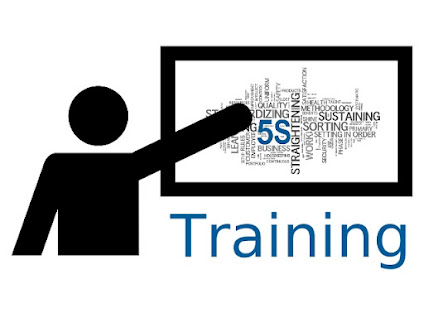Why Hypothesis Training Matters: Top Benefits for Professionals

Hypothesis training is an important skill for professionals to have to make informed decisions and solve complex problems. Hypothesis training helps individuals develop the ability to think critically, analyze data, formulate theories, and draw conclusions based on evidence. It also provides a framework for problem-solving that can be applied across different disciplines. Here are some of the top benefits of hypothesis training : Improved Problem- Solving Skills: Hypothesis training teaches people how to break down a problem into smaller parts so they can identify potential solutions more quickly and accurately. This type of thinking enables them to better understand how their actions will affect outcomes or results over time, instead of just focusing on short-term gains or losses. Increased Analytical Thinking : Through hypothesis testing, professionals learn how to evaluate facts objectively without letting emotions cloud their judgment when making decisions or solving pro...




-training.jpg)







